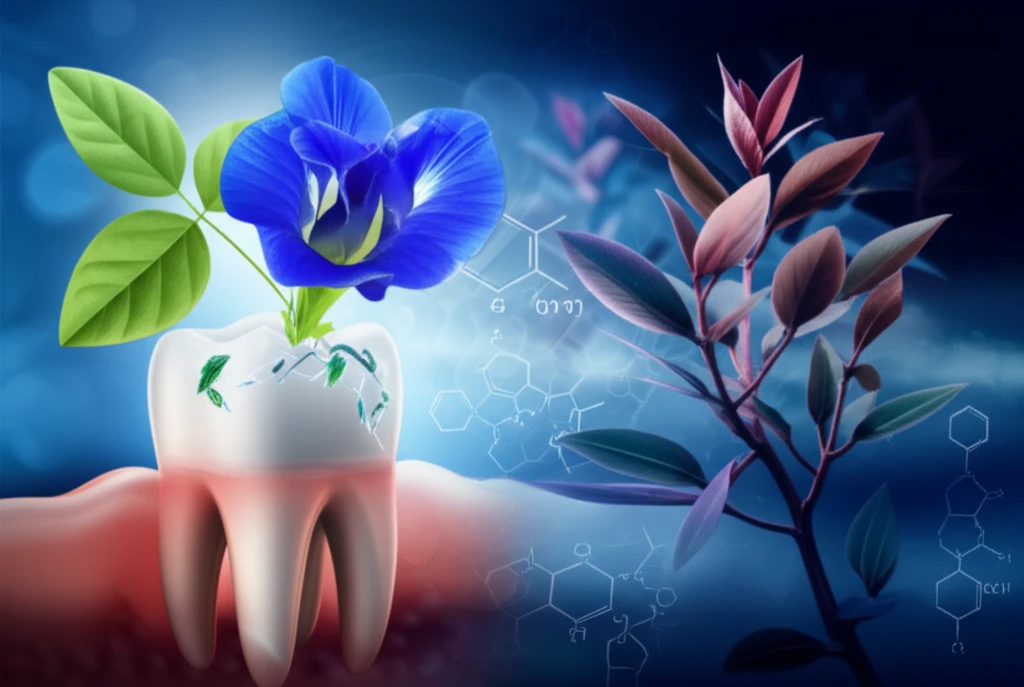
Unlocking Nature's Pharmacy: Exploring Herbal Remedies for Oral Health and Beyond
"From Ancient Remedies to Modern Science: Discovering the Power of Plant-Based Solutions"
In an era where antibiotic resistance poses a growing threat, the search for alternative treatments has intensified. The answer may lie in the rich tapestry of nature, specifically in the realm of herbal medicine. For centuries, diverse cultures have utilized plants to treat a variety of ailments, and now, scientific research is uncovering the mechanisms behind these traditional practices.
This exploration focuses on the potential of plant-based remedies, particularly those derived from the Clitoria ternatea flower (commonly known as Butterfly Pea) and the Aerva sanguinolenta plant, in addressing oral health issues and infectious diseases. These plants, rich in unique compounds, have demonstrated promising results in combating harmful bacteria and disrupting their ability to form biofilms.
Furthermore, we will examine the potential of these herbal extracts in inhibiting quorum sensing, a bacterial communication process, which plays a crucial role in the development of antibiotic resistance. This article will provide a comprehensive overview of the current research, highlighting the potential of natural products to combat dental caries, Leishmaniasis and other infectious diseases. The article will also touch upon the implications of these findings for the future of medicine, emphasizing the power of nature in promoting health and well-being.
Unveiling the Power of Plant Extracts: Antibacterial, Anti-Biofilm, and Quorum Sensing Inhibition Properties

The investigation centers on the unique properties of extracts from the Clitoria ternatea flower, a vibrant blue bloom celebrated for its medicinal qualities, and the Aerva sanguinolenta plant. Studies reveal that these extracts possess potent antibacterial and anti-biofilm activities. The Clitoria ternatea extract, for example, effectively inhibited the growth of Streptococcus mutans, a primary culprit in dental caries, at a low dose, offering an alternative in the fight against tooth decay.
- Antibacterial Activity: Inhibits the growth of bacteria.
- Anti-Biofilm Activity: Prevents biofilm formation and eradicates established biofilms.
- Quorum Sensing Inhibition: Disrupts bacterial communication, reducing the potential for antibiotic resistance.
The Future of Herbal Medicine: A Promising Path Towards Health and Wellness
As we continue to explore the potential of herbal medicine, we find ourselves on the cusp of a healthcare revolution. The research into the therapeutic properties of plant extracts offers a glimpse into a future where nature and science collaborate to improve human health. The findings from studies on Clitoria ternatea, Aerva sanguinolenta, and other medicinal plants open new avenues for the prevention and treatment of diseases, potentially leading to the development of novel drugs and therapies that harness the power of nature. This field requires continued investigation, but the initial findings are very promising.
